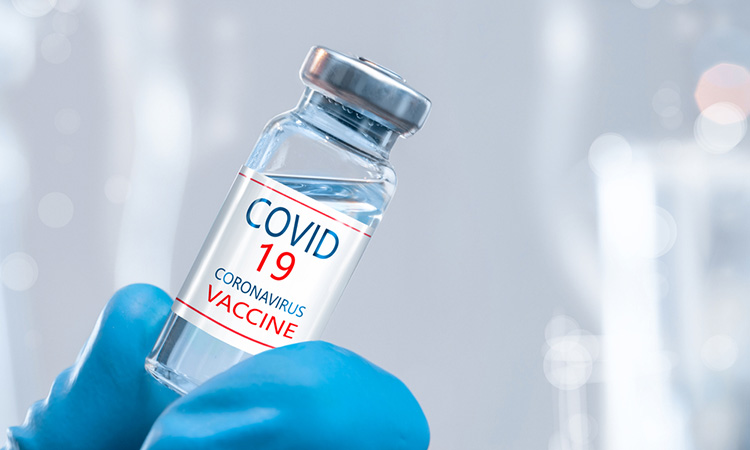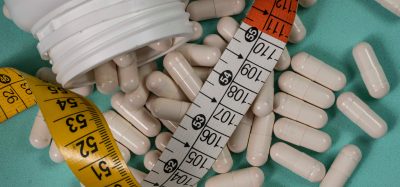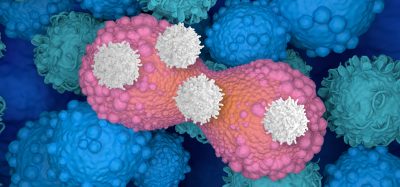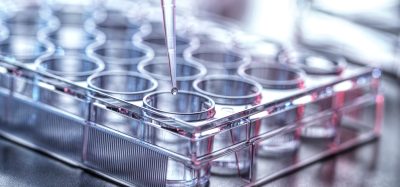Bioengineered vaccine shows efficacy at protecting mice from COVID-19
Posted: 3 September 2020 | Victoria Rees (Drug Target Review) | No comments yet
Researchers have developed a novel vaccine using nucleotide untranslated regions that successfully protected mice from COVID-19.


A bioengineering technique to boost production of specific proteins could be the basis of an effective vaccine against COVID-19, new research has suggested.
The scientists, from Ohio State University, US, say the technique involves altering specific sequences of messenger RNA, molecules that translate genetic information into functional proteins. The team changed their structures to promote higher-than-usual levels of proteins. The sequences are known as untranslated regions (UTRs), strings of nucleotides, the molecules that compose RNA and DNA.
The lab worked with the two UTRs that bookend the start and finish of protein assembly, functioning as regulators of that process and influencing how the resulting protein interacts with others.
The researchers optimised the UTRs to improve the protein production process. This would mean that as much protein would be produced as possible, allowing a small dose of messenger RNA to be administered that produces enough antigen to induce antibodies against the virus.
The team experimented with two potential antigens that the novel coronavirus is known to use to cause infection: a Spike (S) protein on its surface and a receptor binding domain (RBD), a component of the S protein that the virus uses to make its way into host cells – a necessary step to make copies of itself. Both are used in other SARS-CoV-2 vaccine candidates.
After manipulating the messenger RNA for these two proteins, the team encased them in lipid nanoparticles. They injected mice with the experimental vaccine and gave them a booster two weeks later. A month after the first injection, immune cells in the mice had taken up the antigens of the two proteins and developed antibodies against them.
“We’ve been engineering messenger RNA for four years and earlier this year we made some progress identifying a role for UTRs – and then COVID-19 happened,” said Associate Professor Yizhou Dong, senior author of the study. “If the current vaccines work well, that’s wonderful. In case the field needs this, then it is an option. It worked as a vaccine is expected to and we can scale this up very fast… For now, it is a proof-of-concept – we have demonstrated we can optimise a sequence of messenger RNA to improve protein production, produce antigens and induce antibodies against those specific antigens.”
If this vaccine candidate is not needed for COVID-19, the team say they will continue to refine this latest method of engineering messenger RNA.
“UTR is a platform that we can apply to any type of messenger RNA. We are exploring other therapeutics,” Dong said.
The study was published in Advanced Materials.
Related topics
Immunology, Research & Development, RNAs, Vaccine
Related conditions
Covid-19
Related organisations
Ohio State University
Related people
Associate Professor Yizhou Dong







